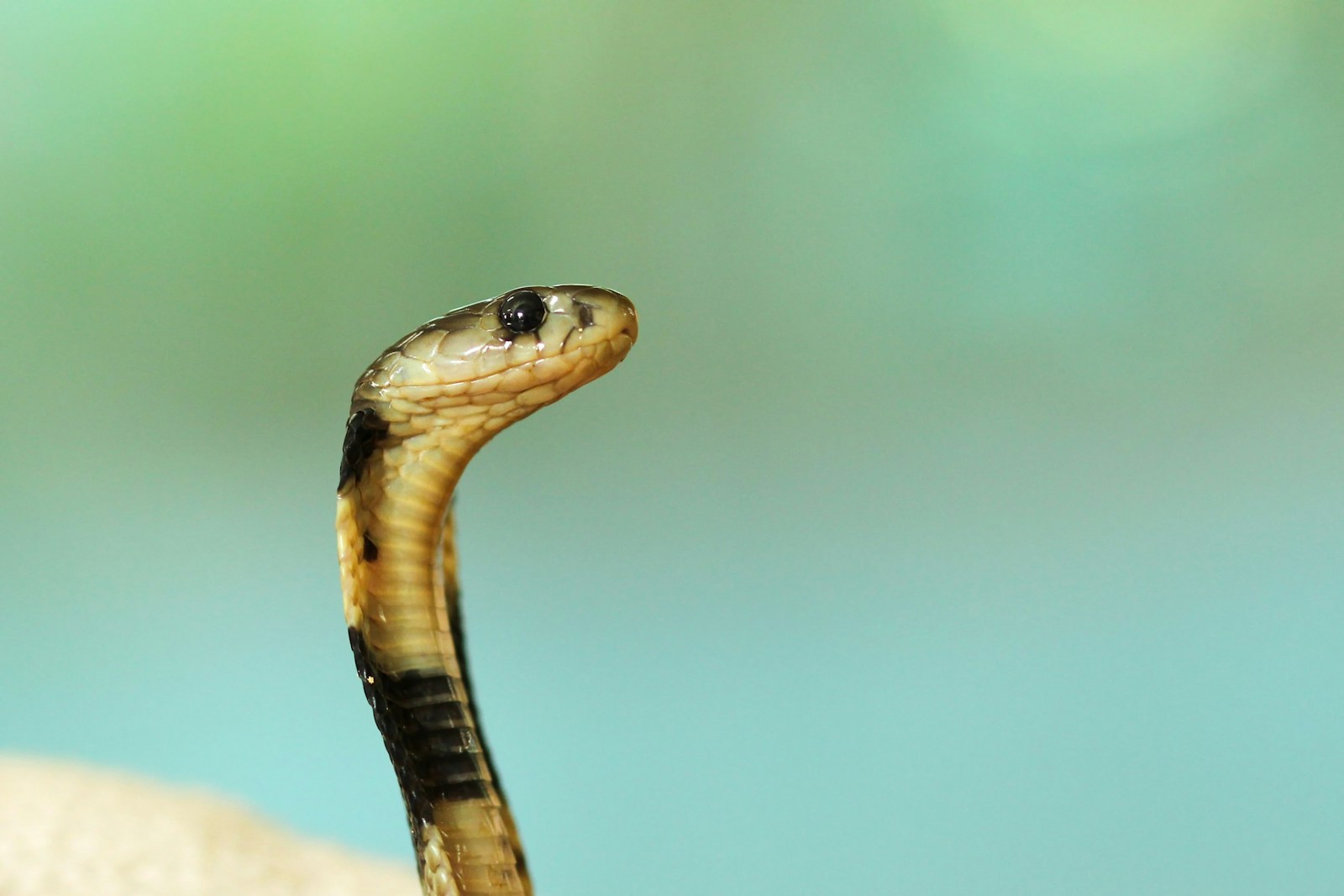In the diverse world of reptilian parenting strategies, one remarkable snake species stands out for its extraordinary maternal dedication. While most snakes lay their eggs and slither away, the king cobra (Ophiophagus hannah) takes maternal care to an impressive level by physically guarding its nest. This majestic serpent employs a fascinating defensive technique—using its own body as a living shield to protect its developing offspring from danger. Unlike the typical “lay and leave” approach of most snake species, the king cobra’s protective behaviors demonstrate sophisticated parental investment rarely seen in the reptile world.
The King Cobra: A Maternal Marvel
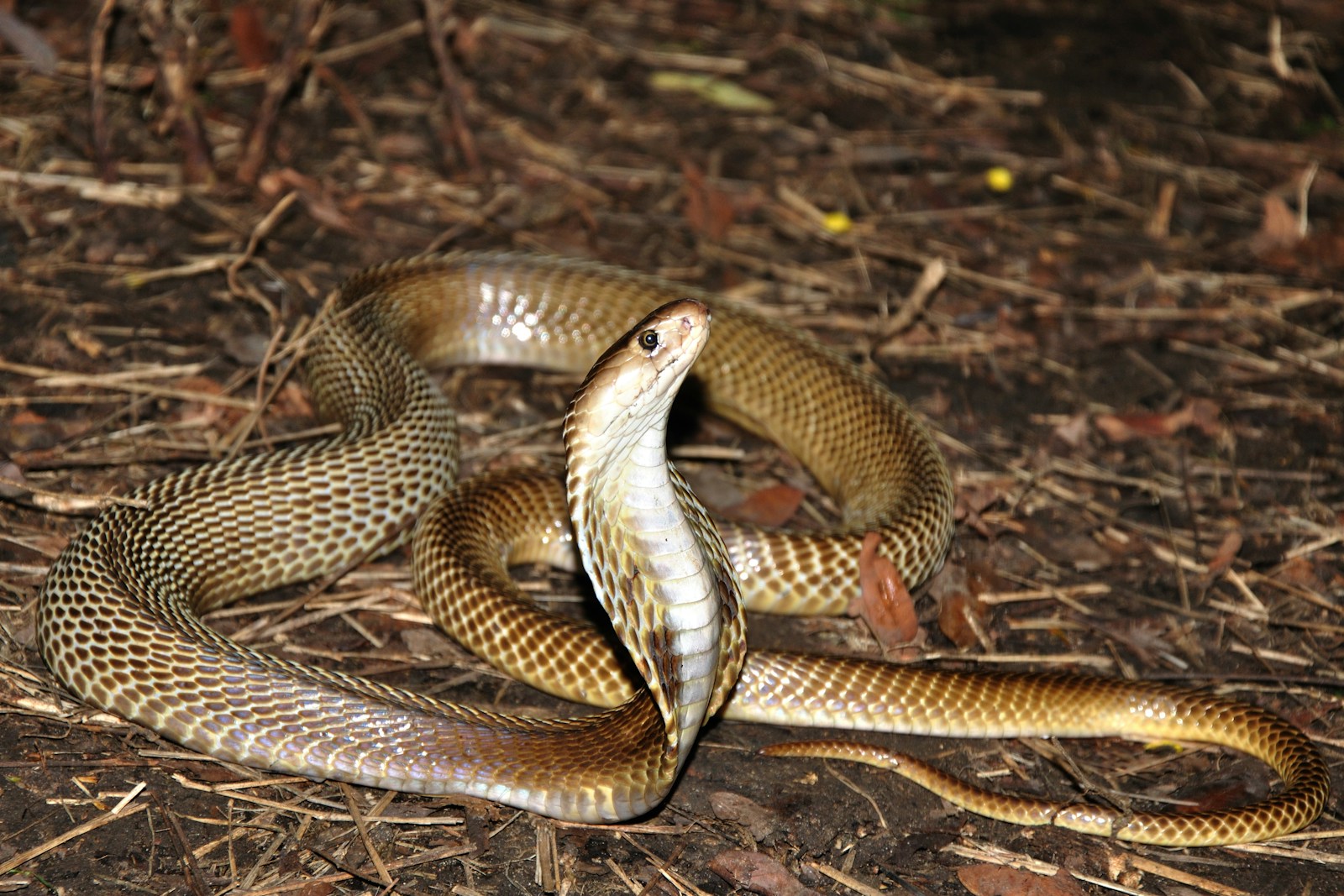
The king cobra, recognized as the world’s longest venomous snake, displays an exceptional level of maternal care rarely documented in reptiles. Growing up to 18 feet in length, these impressive predators are known for their imposing hood and deadly venom. Despite their fearsome reputation as apex predators, king cobras reveal a gentler side when it comes to protecting their offspring. Female king cobras invest significant energy not only in producing eggs but also in constructing and defending elaborate nests, often staying with their clutch for months—a behavior that challenges our traditional understanding of reptilian parenting.
Nest Construction: The First Line of Defense

Before a king cobra can use its body as a barrier, it must first create a suitable nest environment for its eggs. The female meticulously gathers leaves, twigs, and other vegetation to construct a mound-like nest that can reach two feet in height and three feet in diameter. This carefully engineered structure serves multiple purposes beyond simple containment of the eggs. The decomposing vegetation generates heat through natural decomposition processes, creating an ideal incubation temperature for the developing embryos. Additionally, the nest’s design includes ventilation channels that help maintain appropriate humidity levels and oxygen circulation, demonstrating remarkable architectural sophistication from an animal that lacks limbs.
The Egg-Guarding Posture
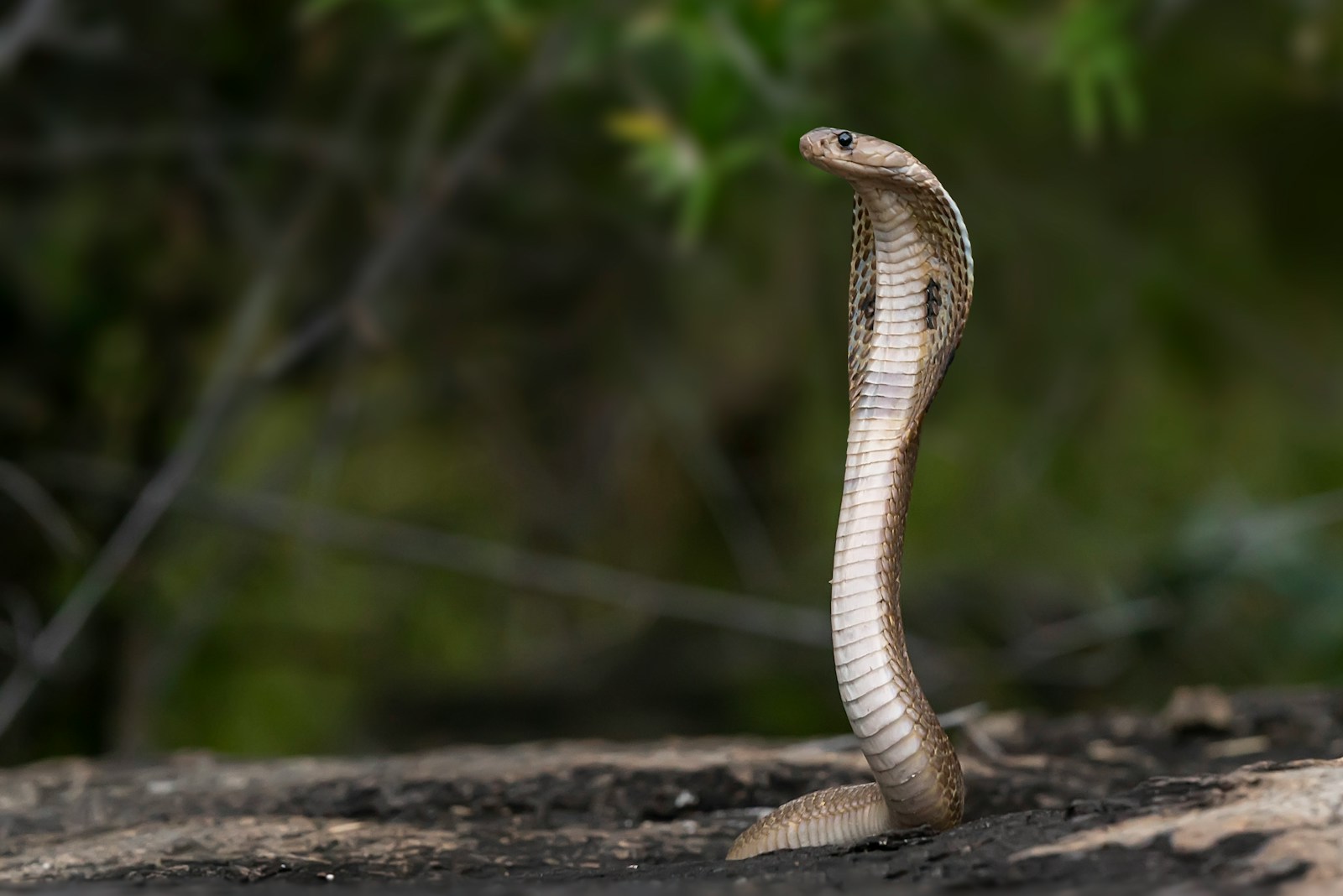
After laying her clutch of 20-40 eggs, the female king cobra adopts a distinctive defensive position that makes her one of the most dedicated mothers in the snake world. She typically coils her body directly on or around the nest, creating a physical barrier that shields her eggs from potential threats. In this vigilant posture, the mother snake may flatten her hood and elevate the front portion of her body, ready to strike at approaching predators. This strategic positioning allows her to monitor the surroundings while maintaining direct contact with her precious clutch, sensing any disturbances through vibrations or temperature changes. The mother may maintain this protective posture for 60-90 days, rarely leaving even to feed during this extended period of maternal devotion.
Physiological Sacrifices of Maternal Guarding

The female king cobra makes remarkable physiological sacrifices during her egg-guarding period that highlight the evolutionary significance of this behavior. During the 2-3 months of nest attendance, the mother typically fasts completely, surviving on fat reserves built up before the breeding season. This extended period without nourishment can cause the female to lose up to 20-30% of her body weight, demonstrating the significant energy investment in protecting her offspring. The mother’s metabolism slows dramatically during this period, allowing her to conserve energy while remaining alert to potential threats. This physiological adaptation represents an extraordinary tradeoff between self-maintenance and reproductive success that few reptiles exhibit.
Defensive Tactics Against Predators
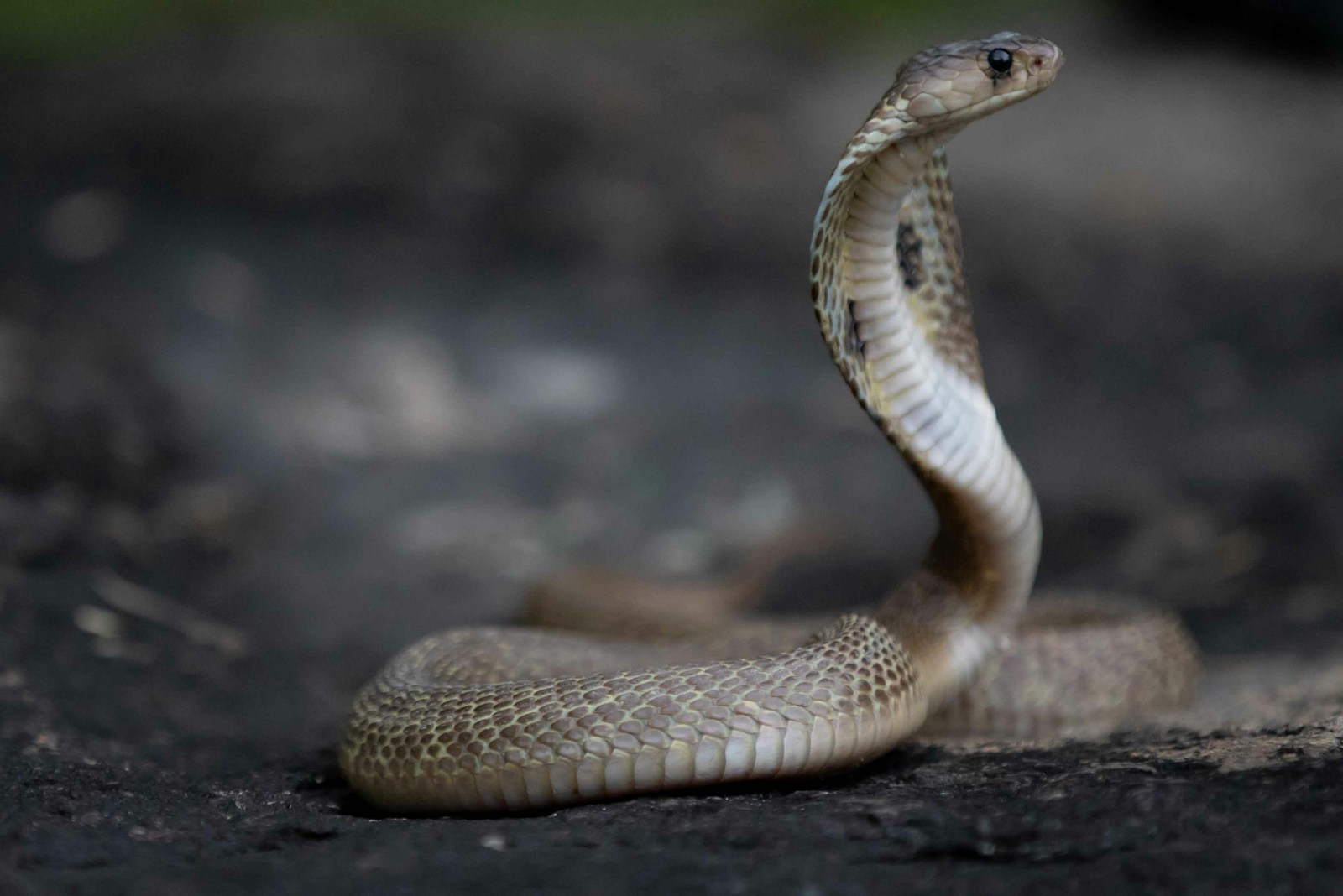
When threats approach her nest, the female king cobra employs a sophisticated arsenal of defensive behaviors that make her one of the most formidable guardians in the snake world. She typically begins with intimidation displays, raising her body, expanding her impressive hood, and producing a distinctive hiss that can be heard from surprising distances. If these warning signals fail to deter the intruder, she may execute precise defensive strikes, delivering potentially lethal venom to protect her clutch. Researchers have observed that nesting females show heightened aggression compared to their normal behavior, sometimes pursuing threats for considerable distances from the nest before returning to their eggs. This maternal aggression represents a significant behavioral shift from their typically more reserved nature when not guarding eggs.
Natural Predators of King Cobra Eggs
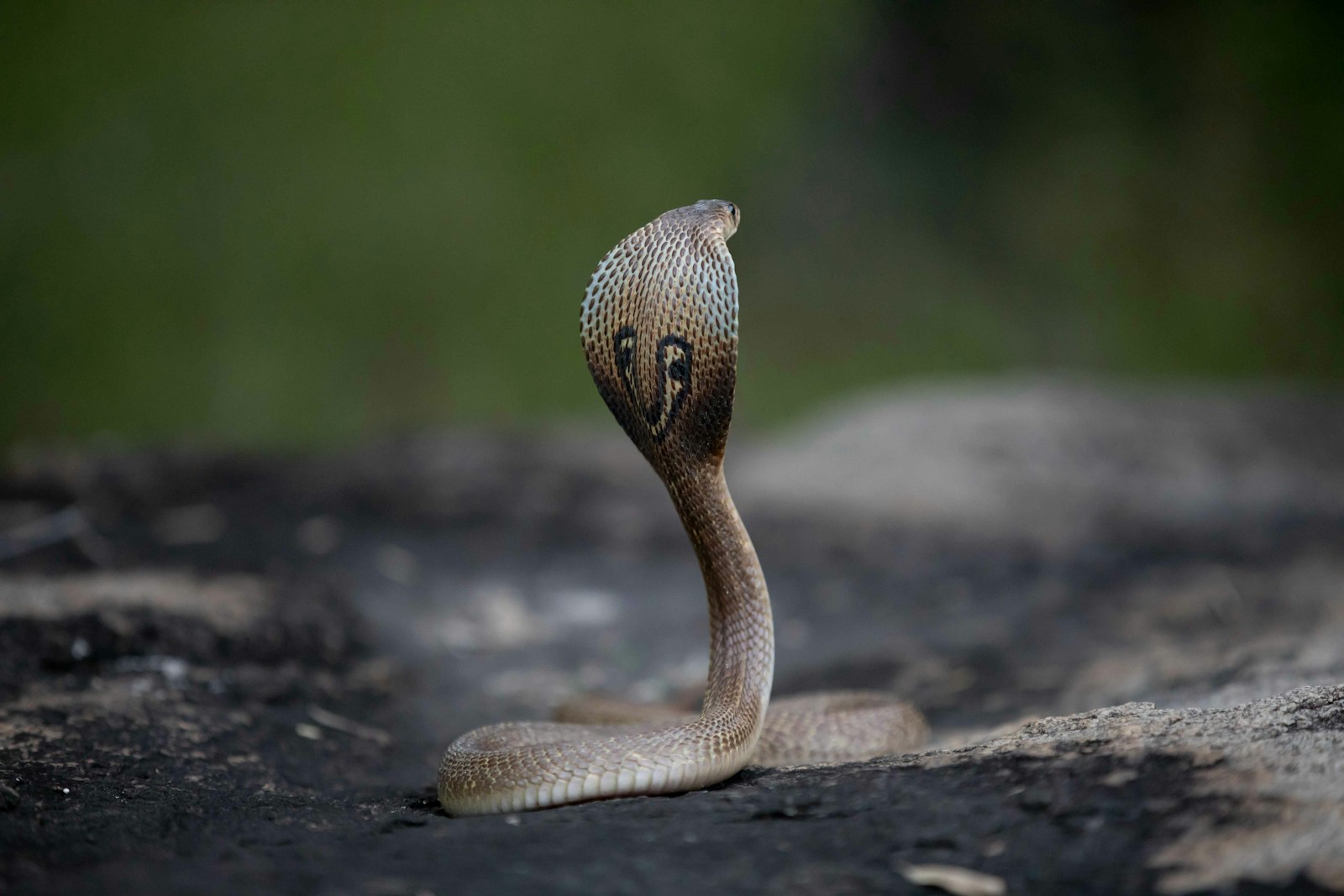
Despite the mother’s vigilant protection, king cobra eggs face threats from a variety of determined predators that the female must defend against. Mongoose species, renowned for their snake-hunting abilities and partial immunity to cobra venom, are among the most persistent egg raiders, sometimes working in groups to distract the mother. Monitor lizards, with their powerful digging abilities and keen sense of smell, can detect and excavate nests even when carefully concealed. Other snakes, including kraits and rat snakes, may opportunistically prey on cobra eggs if they can evade the mother’s attention. Additionally, wild boars and certain bird species have been documented disturbing king cobra nests, presenting a diverse array of challenges that the guarding female must be prepared to confront.
The Evolutionary Advantages of Egg Protection
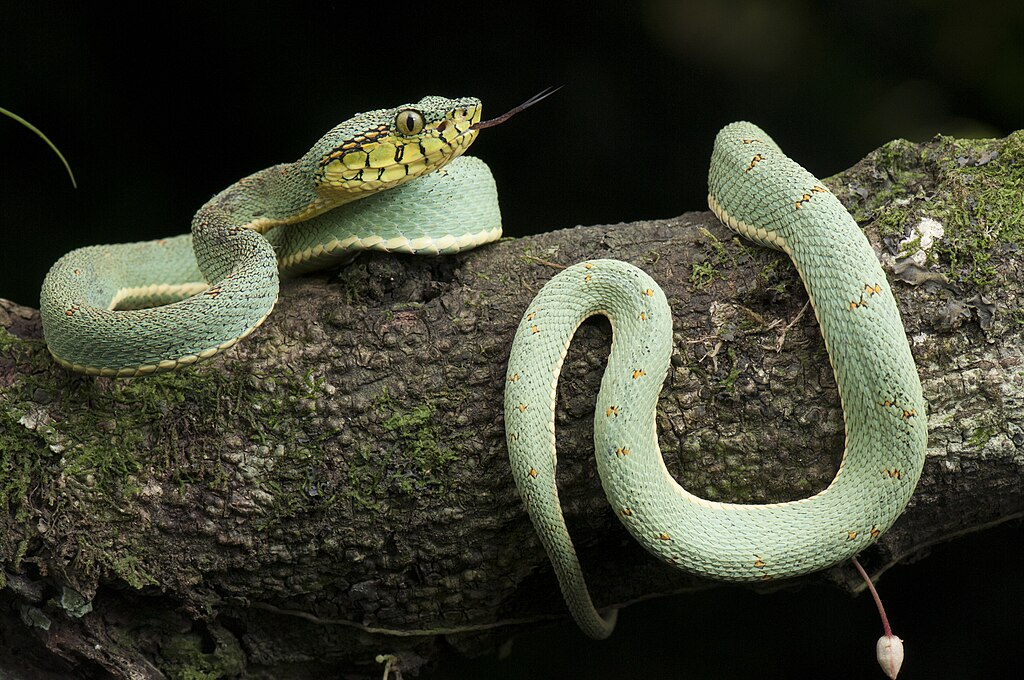
The king cobra’s unusual maternal behavior represents a fascinating evolutionary adaptation that offers significant reproductive advantages in challenging environments. By physically guarding her eggs, the female dramatically increases the survival rate of her offspring, potentially offsetting the physiological costs of extended fasting and exposure. Research indicates that guarded nests have success rates up to five times higher than unguarded reptile nests, suggesting strong selection pressure for this protective behavior. This investment strategy makes particular evolutionary sense for king cobras since they produce relatively fewer offspring compared to many other snake species but invest more in each individual egg’s development and protection. The behavior may also be linked to the species’ specialized diet and habitat requirements, making each successful reproduction especially valuable for population maintenance.
Rare Among Reptiles: Comparing Parental Care Strategies
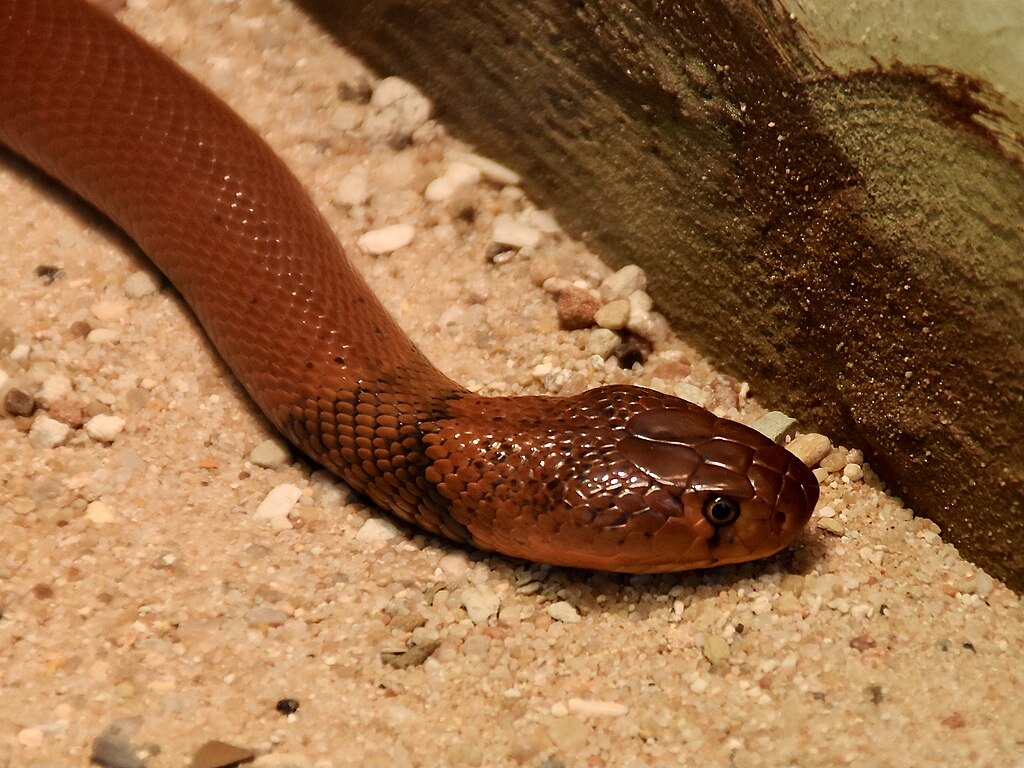
The king cobra’s maternal guarding behavior stands in stark contrast to the reproductive strategies employed by most other reptile species. Of the approximately 3,900 known snake species worldwide, fewer than 3% exhibit any form of parental care, with most simply depositing eggs in a suitable location before leaving them to develop unattended. Among venomous snakes, extended egg-guarding is even rarer, with only a handful of species, including certain pythons and the Indian rock python, showing comparable dedication. This rarity highlights the evolutionary uniqueness of the king cobra’s approach to reproduction. The behavior more closely resembles parental strategies observed in some birds and mammals than those of typical reptiles, representing a fascinating example of convergent evolution across different animal groups.
The Final Departure: When Guarding Ends

After weeks of vigilant protection, the female king cobra exhibits another remarkable behavior that demonstrates her maternal instincts. Shortly before the eggs are ready to hatch—typically after 60-90 days of incubation—the mother abandons her post and leaves the vicinity of the nest entirely. This precisely timed departure isn’t neglect but rather another protective measure, as newly hatched king cobras emerge fully venomous and potentially dangerous even to their own mother. The hatchlings, already equipped with potent venom and hunting instincts, disperse quickly from the nest site to begin their independent lives. This final act of maternal care—knowing precisely when to step aside—completes the cycle of protection that began with nest construction months earlier.
Threats to This Remarkable Behavior
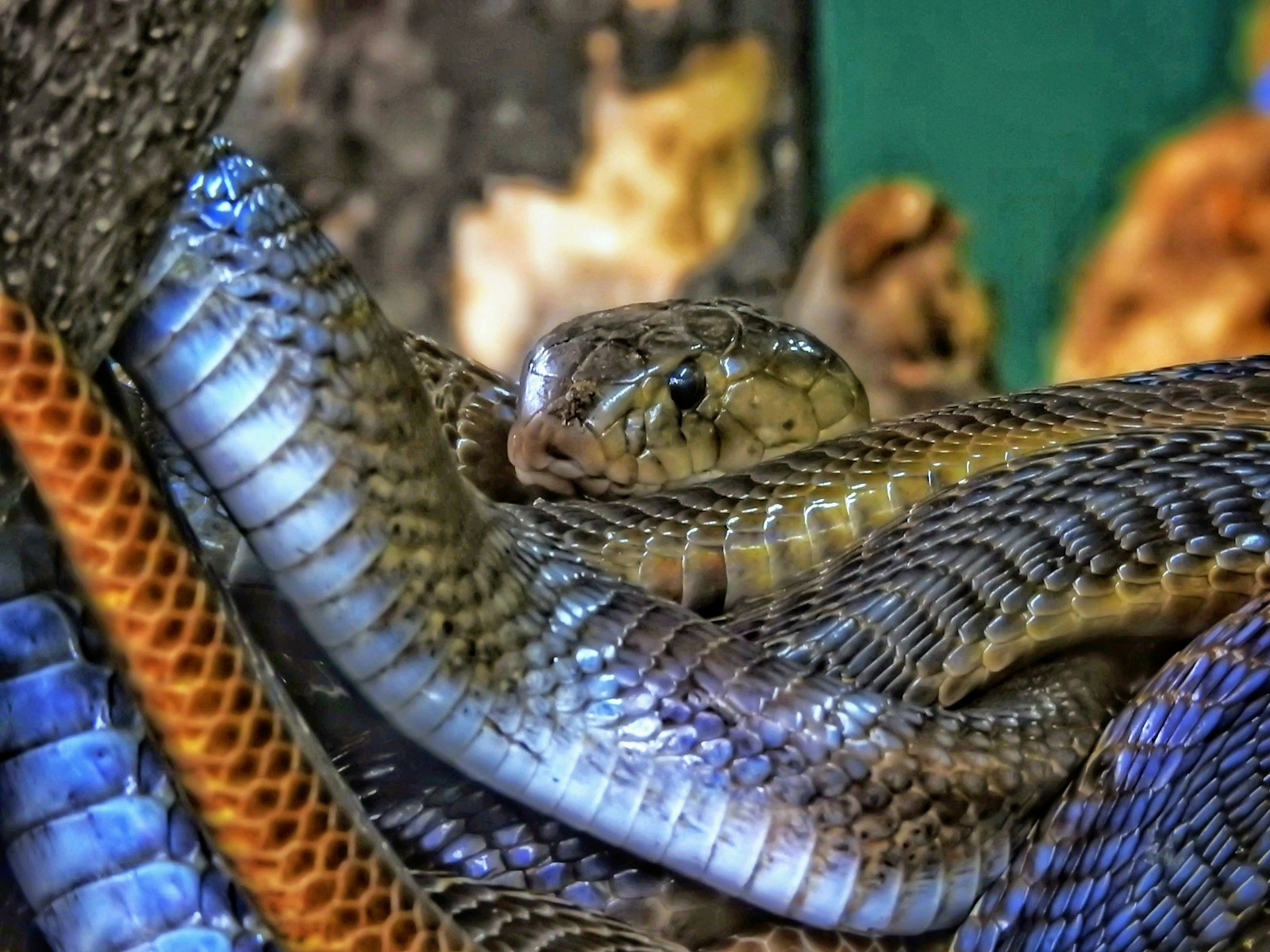
The king cobra’s impressive maternal behavior faces mounting threats in the modern world that endanger this rare example of reptilian parental care. Habitat destruction, particularly the clearing of forests in Southeast Asia, eliminates suitable nesting sites and disrupts the secluded environments needed for successful egg incubation and protection. Climate change may alter the delicate temperature and humidity conditions that the mother maintains through her nest-building and guarding behaviors. Illegal collection for the pet trade and traditional medicine targets these impressive snakes, with pregnant females being particularly vulnerable during their less mobile nesting period. Additionally, human encroachment increases encounters between nesting cobras and people, often resulting in the killing of defensive mothers protecting their eggs.
Conservation Implications of Maternal Behavior
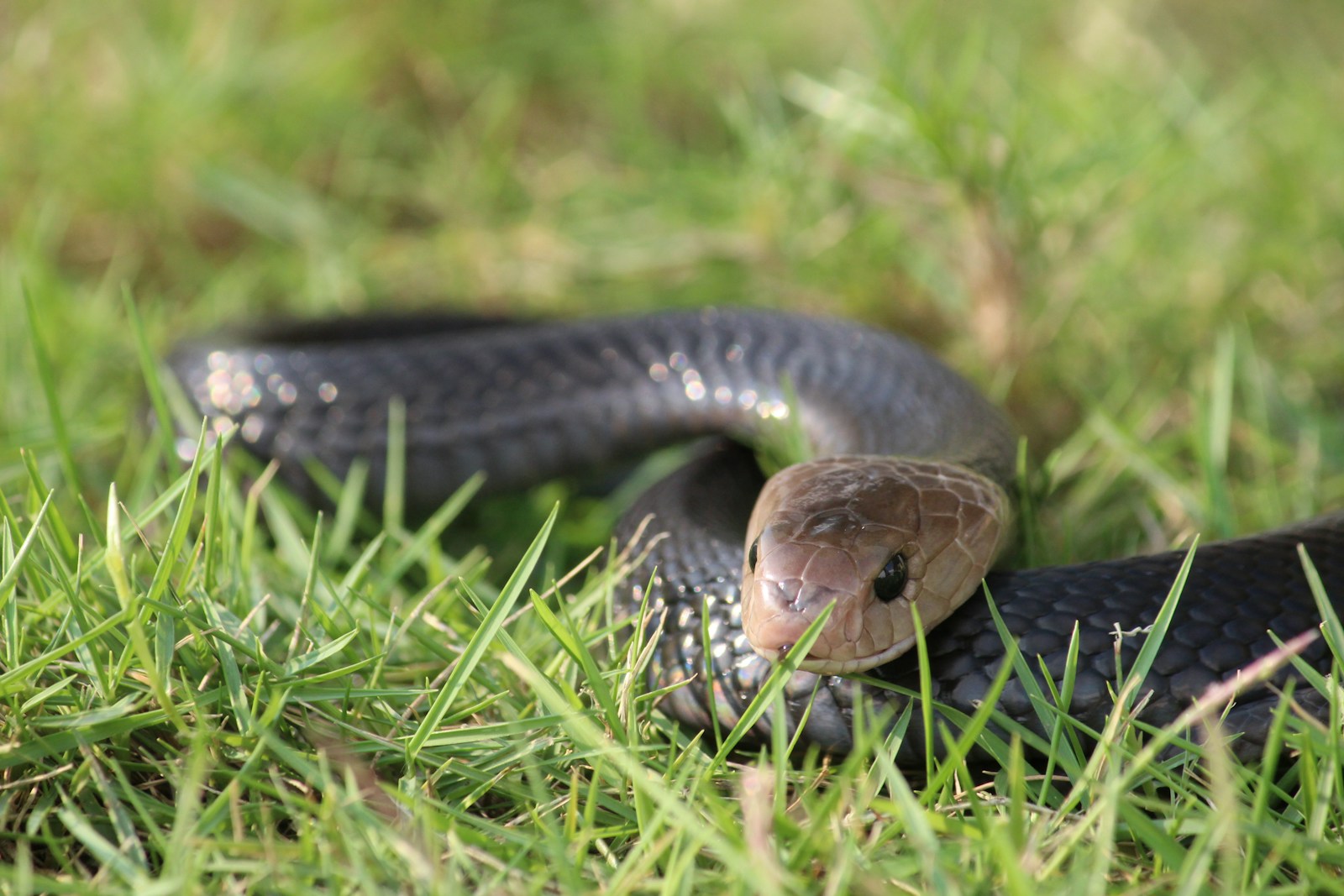
Understanding the king cobra’s maternal behavior has significant implications for conservation efforts aimed at protecting this vulnerable species. Conservation programs increasingly incorporate knowledge of nesting behaviors when designing protected areas, ensuring that suitable nesting habitat is preserved alongside general foraging grounds. Researchers use data on maternal guarding locations to identify critical reproductive zones that may require special protection during breeding seasons. Education programs in regions where king cobras occur now emphasize the importance of giving wide berth to potential nesting sites, helping reduce human-wildlife conflict during this sensitive period. Furthermore, captive breeding programs utilize insights about maternal behaviors to improve reproduction success, sometimes even replicating aspects of nest guarding through controlled incubation protocols.
Research Challenges and Future Discoveries
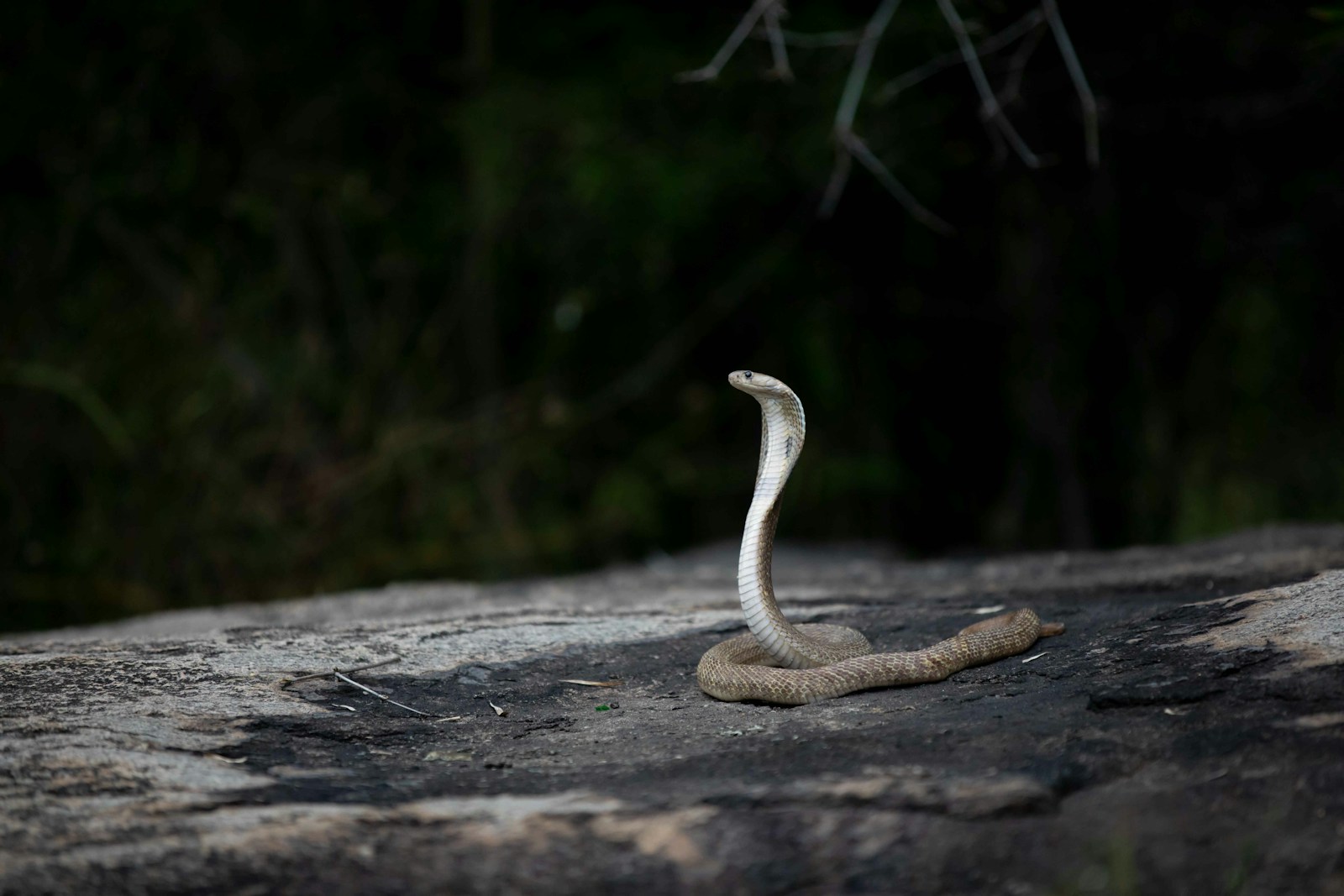
Studying the king cobra’s maternal behaviors presents unique challenges that have limited our understanding of this fascinating phenomenon. The snake’s dangerous nature, combined with its preference for remote, densely vegetated nesting sites, makes direct observation difficult and potentially hazardous for researchers. Modern research increasingly relies on non-invasive technologies like motion-activated cameras and environmental monitoring devices to gather data without disturbing the sensitive mother-egg relationship. Genetic studies are beginning to investigate whether guarding behaviors vary among different populations across the species’ range, potentially revealing evolutionary adaptations to local conditions. As research techniques advance, scientists hope to answer remaining questions about communication between mothers and hatching young, the hormonal triggers for guarding behavior, and how climate change might affect the delicate timing of this reproductive strategy.
In conclusion, the king cobra’s remarkable strategy of using its body as a physical shield for its eggs represents one of nature’s most impressive examples of maternal dedication in the reptile world. This behavior challenges our preconceptions about reptilian parenting and demonstrates how diverse reproductive strategies can evolve across the animal kingdom. As these magnificent snakes face increasing threats from habitat loss and human persecution, understanding and protecting their unique reproductive behaviors becomes all the more crucial. The king cobra’s maternal care not only ensures the survival of its species but also provides fascinating insights into the evolution of parental care strategies across diverse animal groups.

